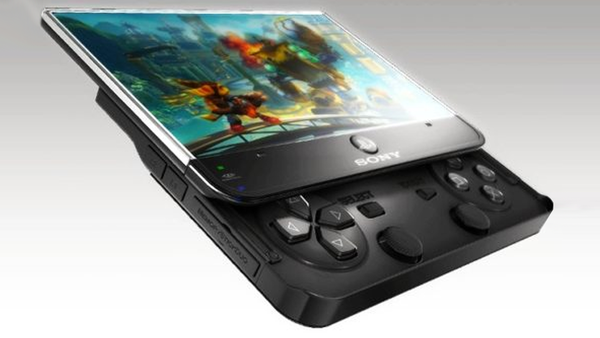So I did more exploration on what a Xbox handheld would look like.
MS needs a custom 8-9" 1080p LCD / OLED as all common options in those ranges are 1920 x 1200. There are options in the sub 7" and over 10" ranges, but one extreme is too small and the other extreme is too big.
They also need a custom solution for the display MCU to enable VRR.
They can remove the touch capabilities from their display because no games will support it and the OS will need non-trivial rework to support touch. This should solve BOM costs as they don't need a digitizer or a screen with integrated touch.
So summarize the specs:
8 core Zen at 1.8+ghz. SMT disabled in BC mode.
6 WGP (7 total, 1 disabled), 12 CUs at 1-1.3ghz
8GB of LPDDR5 / LPDDR5X, 68GB/s. 12GB if devs really push for it.
32MB LLC
512GB SSD / flash solution with the lowest TDP that delivers at least 600MB/s uncompressed. Perhaps Sata 3?
8-9" 1080p OLED / LCD. No touch capability. VRR range 48-60hz.
Since the screen is already so large, I think the below form factor makes sense. The home button will be moved to the bottom piece so the top can be one piece.
Although looking at it, the expectations would be that the screen is touch capable. Perhaps we remove the power button altogether. The opening and closing of the unit is the power button.

